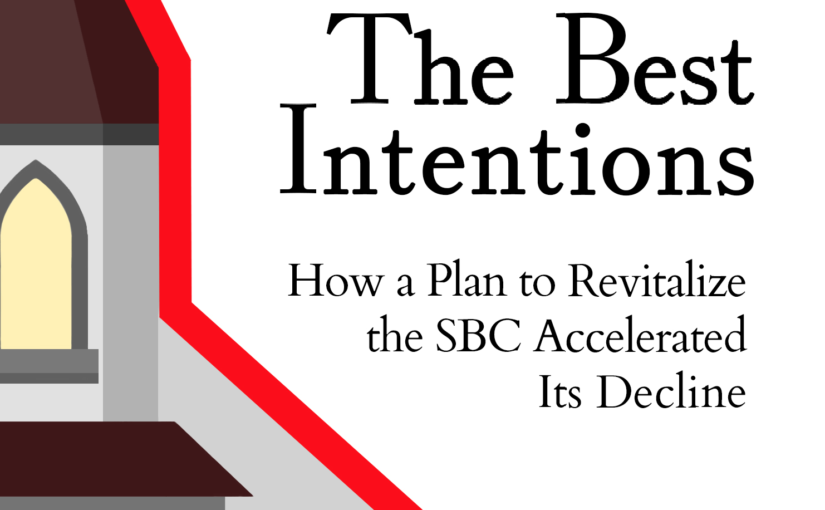Jesus Christ is worthy of having the worlds greatest messenger prepare the way for His life and work. This man was named John the Baptist.
John was destined for greatness from the time of his conception. Luke tells us that he was born supernaturally of aged parents (Luke 1:12-13).
John was a prophet that was a fulfillment of prophecy (Malachi 3:1). He was a type of Elijah–not Elijah reincarnated, but like Elijah in his anointing (and even his sense of fashion).
John was the first prophetic voice Israel had heard in 400 years, so his ministry created quite a stir. He called people to repent, return to God, and be baptized as a publish profession of this change of heart. His preaching was so powerful that he had to quell rumors that he was himself the Messiah (John 1:20).
Matthew’s Gospel quotes one of John’s fiery sermons:
11 “I baptize you with water for repentance, but he who is coming after me is mightier than I, whose sandals I am not worthy to carry. He will baptize you with the Holy Spirit and fire. 12 His winnowing fork is in his hand, and he will clear his threshing floor and gather his wheat into the barn, but the chaff he will burn with unquenchable fire.”
Matthew 3:11-12
John was even given the task of baptizing Jesus–an assignment he was very reluctant to take on (Matthew 3:13-15). John, in essence, had the privilege of publicly introducing Jesus to a people that were anxiously waiting for their messiah.
But John abruptly disappeared from the Gospel accounts after he baptized Jesus. His ministry came to a screeching halt after he confronted Herod over his unlawful marriage to his sister-in-law (his brother’s wife). Herod promptly threw him in prison, only keeping him alive because he feared the public backlash that might come from executing a prophet.
John was apparently allowed some interaction with his disciples during his imprisonment. He sent them to ask Jesus a question:
2 Now when John heard in prison about the deeds of the Christ, he sent word by his disciples 3 and said to him, “Are you the one who is to come, or shall we look for another?”
Matthew 11:2-3
It seemed John was doubting his own message as far as Jesus was concerned.
But it doesn’t take much imagination to sympathize with John’s question. He was languishing in a dungeon and probably had been for several months. The wild man of the desert was now confined to a suffocating prison cell. He no longer had the privilege of seeing crowds listen and respond with tears of repentance. The Kingdom he so boldly spoke of did not seem to match his current reality.
Jesus understood John’s plight, for there is no apparent rebuke in His response to John’s disciples:
4 And Jesus answered them, “Go and tell John what you hear and see: 5 the blind receive their sight and the lame walk, lepers are cleansed and the deaf hear, and the dead are raised up, and the poor have good news preached to them.6 And blessed is the one who is not offended by me.”
Matthew 11:4-6
Jesus’ answer was a message of reassurance and confirmation. His miracles and His message confirmed His true identity and matched Old Testament prophesies (Isaiah 35:5-6; Isaiah 61:1). There was no need to lose faith.
There’s a powerful message in John’s questions if we’ll take the time to see it. It goes something like this:
Even giants in the faith have moments confusion, disappointment, and doubt.
Jesus, in fact, went on to tell the observers that John’s question did not detract from his legacy in any way (Matthew 11:7-14).
Most of us will not be thrown into prison for our faith. But most of us will have moments of bitter disappointment.
Jesus simply asks us to keep trusting Him in these harsh seasons. He will faithfully reveal Himself in due time. He will carry you through doubts in the darkness.

